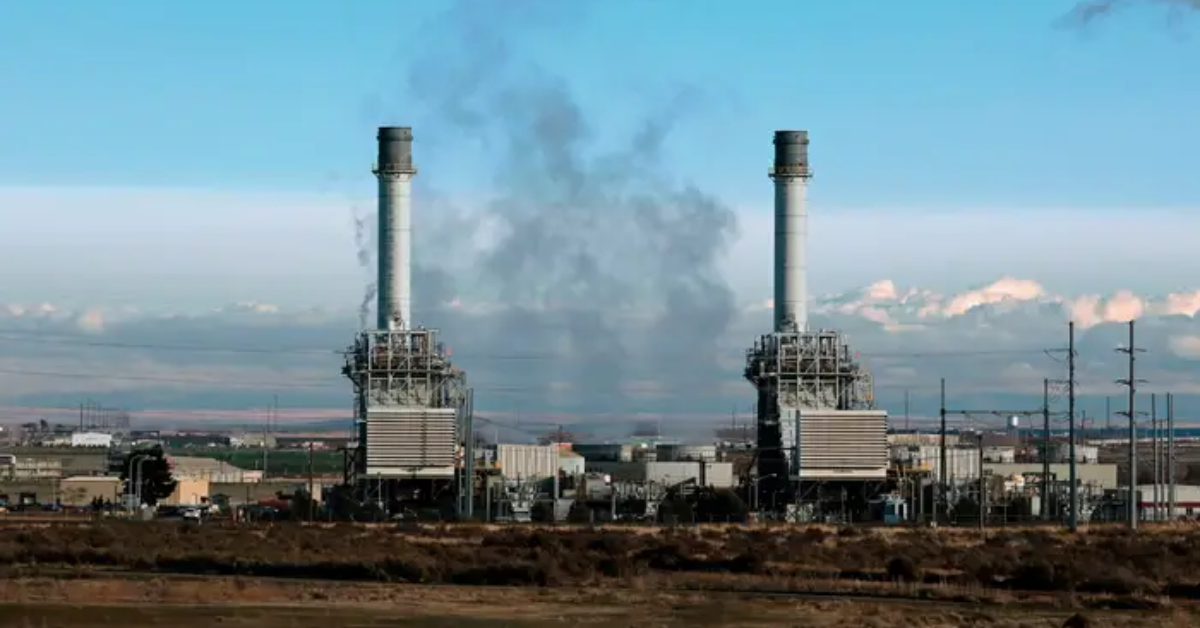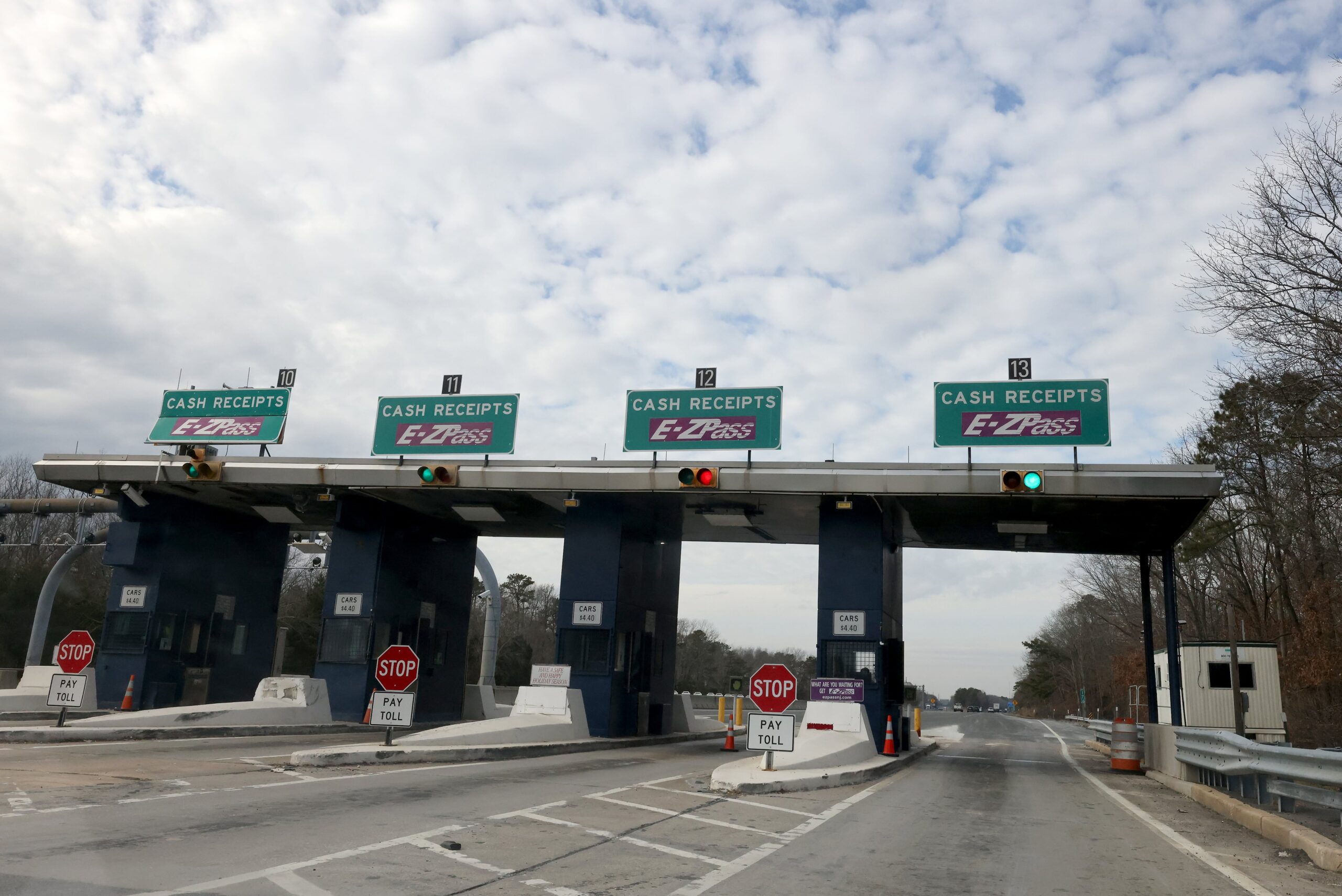From the Midwest to the Southeast, Big Tech’s demand for electricity to power AI data centres is pushing utilities to build new natural gas-fired power plants. In some states, the power grid is struggling to keep up, forcing companies to turn to natural gas as a quick solution.
Microsoft is constructing a massive data centre hub near Milwaukee, but the existing power grid cannot meet its needs. WEC Energy Group’s We Energies has proposed a $2 billion plan for new natural gas infrastructure, calling it “critical” for supporting Microsoft’s AI operations while keeping power stable for other customers.
In Louisiana, Meta’s growing data centre campus will soon require more than two gigawatts of electricity. This demand is so high that Entergy’s Louisiana division plans to build new natural gas plants for the first time in five decades. Similarly, Amazon’s expansion in Mississippi has led Entergy’s local subsidiary to start building a 754-megawatt natural gas plant, which the company says could power 385,000 homes.
These cases are part of a larger trend where U.S. power companies are turning to natural gas to support AI-driven electricity demand. However, this move clashes with ongoing efforts to transition to renewable energy sources.
Experts argue that relying more on natural gas contradicts the sustainability goals that tech giants like Microsoft, Meta, and Amazon publicly promote. While these companies invest in renewable projects, such as geothermal energy and nuclear power deals, these alternatives are often too small-scale or face regulatory challenges, leaving natural gas as the immediate option.
Energy expert Cathy Kunkel from the Institute for Energy Economics and Financial Analysis has studied utility plans and found that power companies in Virginia, Georgia, North Carolina, and South Carolina plan to add 20 GW of new natural gas capacity by 2040—primarily to meet data centre demands.

She warns that utilities might be overestimating how much power tech companies actually need. Since investor-owned utilities can profit from new infrastructure projects by passing costs onto customers, there’s concern that they might be pushing for more power plants than necessary.
According to BTU Analytics, in 2024, applications for new natural gas plants to connect to the grid more than doubled from the previous year. The reason is clear: AI-driven data centres need massive amounts of electricity immediately, while grid expansion and renewable energy projects take years to develop.
Philip Krein, a research professor in electrical and computer engineering at the University of Illinois, explains that while solar and wind are the fastest energy sources to build, they do not provide the consistent 24/7 power supply that data centres require. Natural gas remains the quickest way to expand grid capacity, allowing data centres to operate without delays.
Utilities argue that new gas plants are necessary to maintain grid reliability for all customers as AI-related energy demands surge. However, Krein warns that these rapid expansions could have environmental and long-term financial consequences.
“Everybody wants to move really fast, and they’re not willing to wait,” Krein said. “I hope they don’t get ahead of themselves.”
Microsoft has committed $3.3 billion to develop an AI data centre hub at the former Foxconn site in Wisconsin’s Racine County. The company has also purchased land in nearby Kenosha, indicating future expansion.
While Microsoft has not disclosed its expected electricity consumption, early estimates suggested it could range between 1 and 1.1 GW. However, WEC Energy Group recently reported nearly 2 GW of demand from economic growth in its service area.
To handle this demand, We Energies is requesting approval from Wisconsin’s Public Service Commission for a $2 billion natural gas infrastructure plan, including a new plant with over 1 GW of capacity. The company insists its proposed gas plants align with grid regulations and are necessary for reliability. Additionally, We Energies aims to bring 4.3 GW of renewable energy online by 2029.
“Our customers count on us to deliver reliable energy—it’s our job to provide it safely 24 hours a day, 365 days a year,” a We Energies spokesperson stated. “In the coming years, we will continue transforming our power generation fleet to support reliability and economic growth through a balanced mix of wind, solar, energy storage, and natural gas.”
The demand for AI-driven computing power is pushing the energy industry toward rapid expansions in natural gas, even as companies promise to transition to renewables. The debate over how best to power the future of AI continues, with questions remaining about whether utilities are making the right long-term investments or simply taking the fastest path to meet Big Tech’s growing needs.
Disclaimer: This article has been meticulously fact-checked by our team to ensure accuracy and uphold transparency. We strive to deliver trustworthy and dependable content to our readers.








